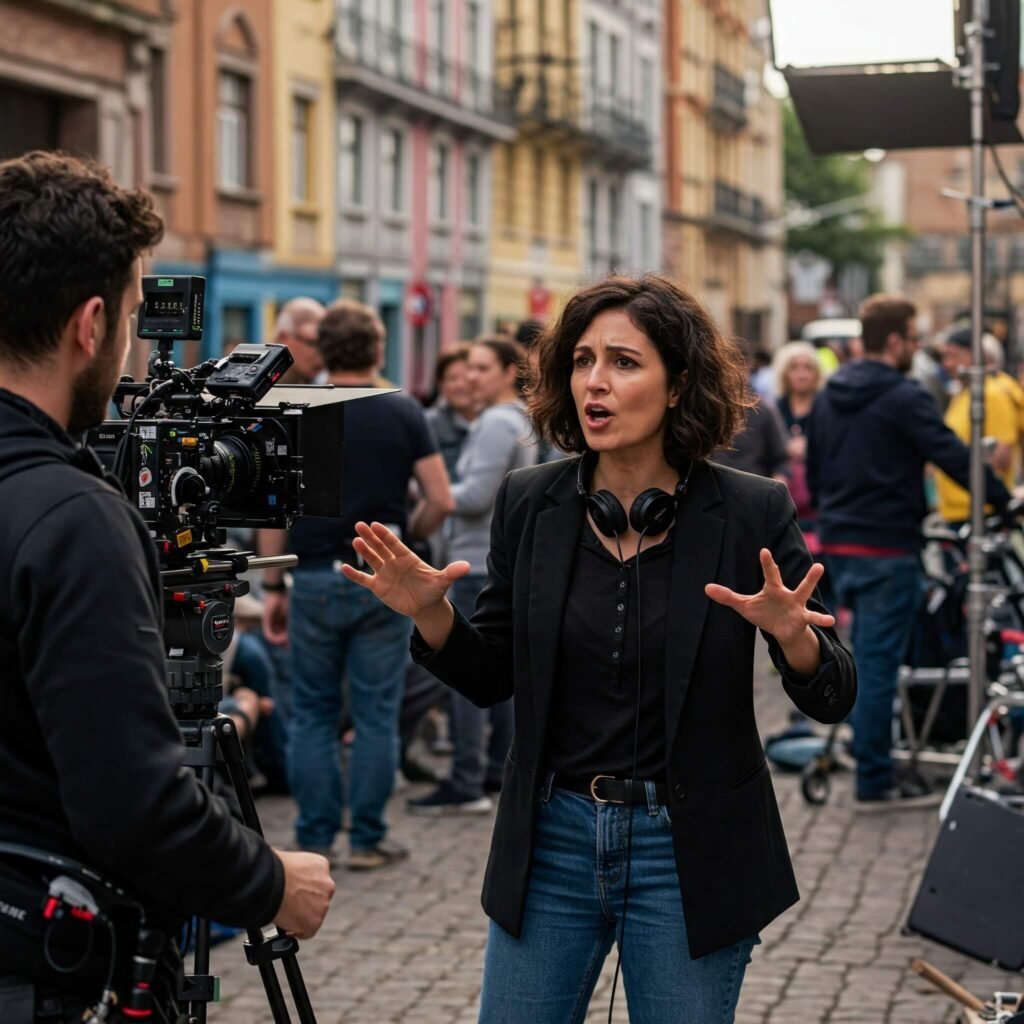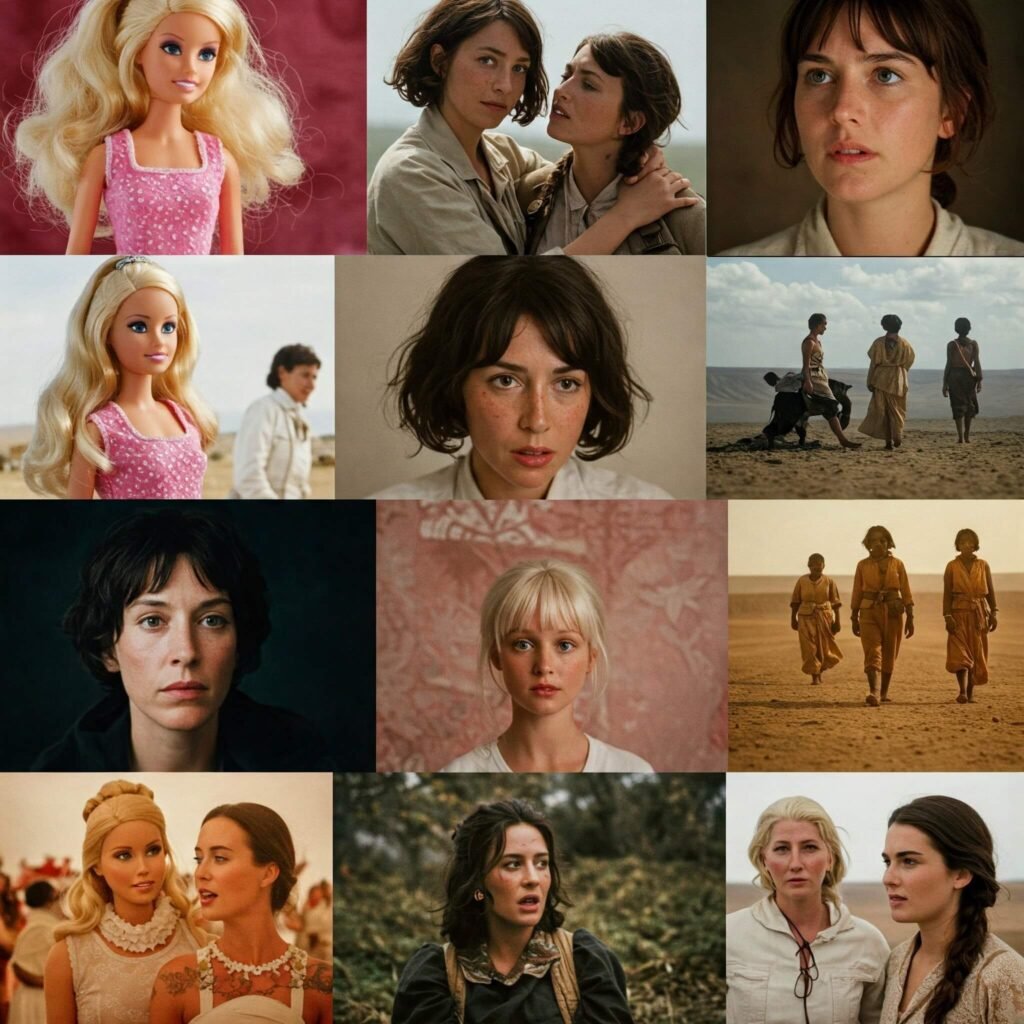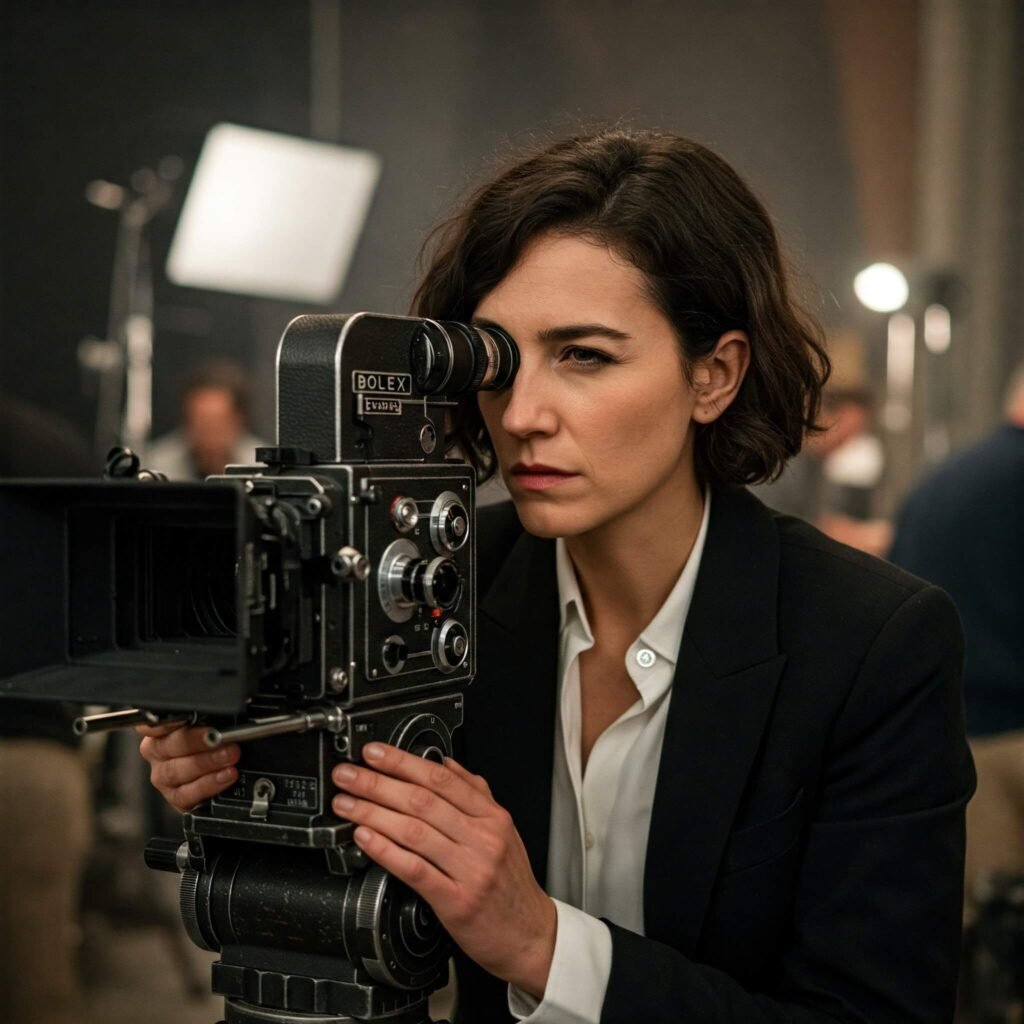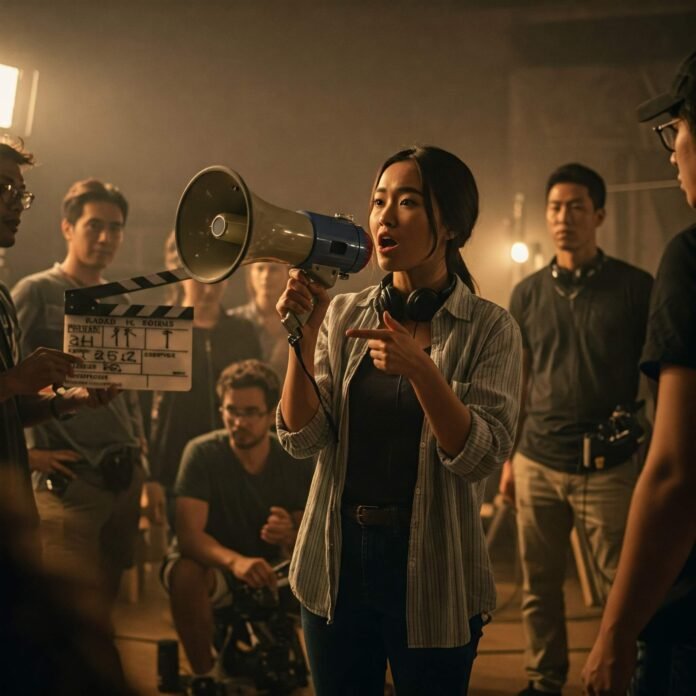The emergence of female filmmakers is transforming the film industry, delivering fresh perspectives and compelling narratives. From indie gems to blockbuster successes, women directors are breaking barriers and reshaping cinema. This blog explores their journey, achievements, and the broader impact of their work.
Why Female Filmmakers Are Gaining Ground
Cinema has long been male-dominated, but female directors are now claiming their space with powerful, authentic stories. Filmmakers like Greta Gerwig, Ava DuVernay, and Chloé Zhao have earned critical acclaim and inspired a new wave of talent. Their success reflects a growing demand for diverse voices.
In 2020, women directed 16% of the top 100 grossing films, up from 4% in 2007, according to USC Annenberg’s Inclusion Initiative. This gradual progress signals a shift toward gender equality.

Obstacles for Women Directors
Despite their progress, female filmmakers face significant challenges, from funding struggles to entrenched biases.
Funding Disparities
Securing financing is a hurdle. A 2021 San Diego State University study found that films directed by women often receive smaller budgets than those by men, restricting creative possibilities.
Industry Stereotypes
Women directors are often typecast into genres like drama or romance and face skepticism about leading big-budget projects. Yet, filmmakers like Patty Jenkins, with Wonder Woman, have proven doubters wrong.
Work-Life Demands
The intense schedules of filmmaking can conflict with personal responsibilities, which disproportionately affect women. Flexible production models could help alleviate this.
Key Takeaway: Equal funding and opportunities are critical to empowering women directors.

Pioneers Redefining Storytelling
The rise of female filmmakers is fueled by trailblazers who’ve reshaped cinema. Here are a few standout names:
- Greta Gerwig: Her films Lady Bird and Little Women weave personal and universal themes, earning Oscar nominations.
- Ava DuVernay: Known for Selma and When They See Us, she amplifies marginalized voices with a focus on justice.
- Chloé Zhao: Her Nomadland won Best Picture at the Oscars, showcasing intimate, visually stunning narratives.
These women directors demonstrate that diverse perspectives create more relatable films.
Outbound Link: Explore Ava DuVernay’s work at Array Now, her platform for underrepresented filmmakers.
The Impact of Women Directors on Cinema
Female directors are revolutionizing storytelling by prioritizing inclusive, authentic narratives. Their films often explore themes like identity and resilience, resonating globally.
Fresh Angles
Women directors offer unique takes on familiar stories. Céline Sciamma’s Portrait of a Lady on Fire reimagines romance through a feminist lens, earning critical acclaim.
Amplifying Representation
Female filmmakers highlight underrepresented groups on-screen and behind the scenes. Lulu Wang’s The Farewell brings cultural nuances to mainstream audiences.
Box Office Power
Films by women can dominate commercially. Greta Gerwig’s Barbie grossed over $1.4 billion worldwide, proving female directors can deliver blockbusters.

How to Champion Women Directors
Want to support female filmmakers? Here are practical steps:
- Watch Their Films: Stream movies by women directors on platforms like Netflix or Mubi.
- Share Their Work: Promote their films on social media to boost visibility.
- Fund Indie Projects: Back crowdfunding campaigns for women-led films on Kickstarter.
- Advocate for Inclusion: Push for more women in leadership at studios and festivals.
Key Takeaway: Supporting women directors fosters richer storytelling and a stronger industry.
The Future for Women Directors
The outlook for female filmmakers is bright, with more opportunities emerging. Festivals like Sundance are spotlighting women’s talent, and studios are investing in diverse voices. Sustained progress, however, requires ongoing advocacy.
By 2030, women could direct 25% of major films if trends continue, per industry experts. Dismantling barriers and amplifying women’s voices will drive this growth.
Outbound Link: Discover upcoming films by women at Women and Hollywood.
Conclusion
The rise of women directors is reshaping cinema, bringing fresh stories and perspectives to the forefront. From overcoming challenges to delivering global hits, female filmmakers are proving their influence. By championing their work, we build a more inclusive, vibrant film industry.





































